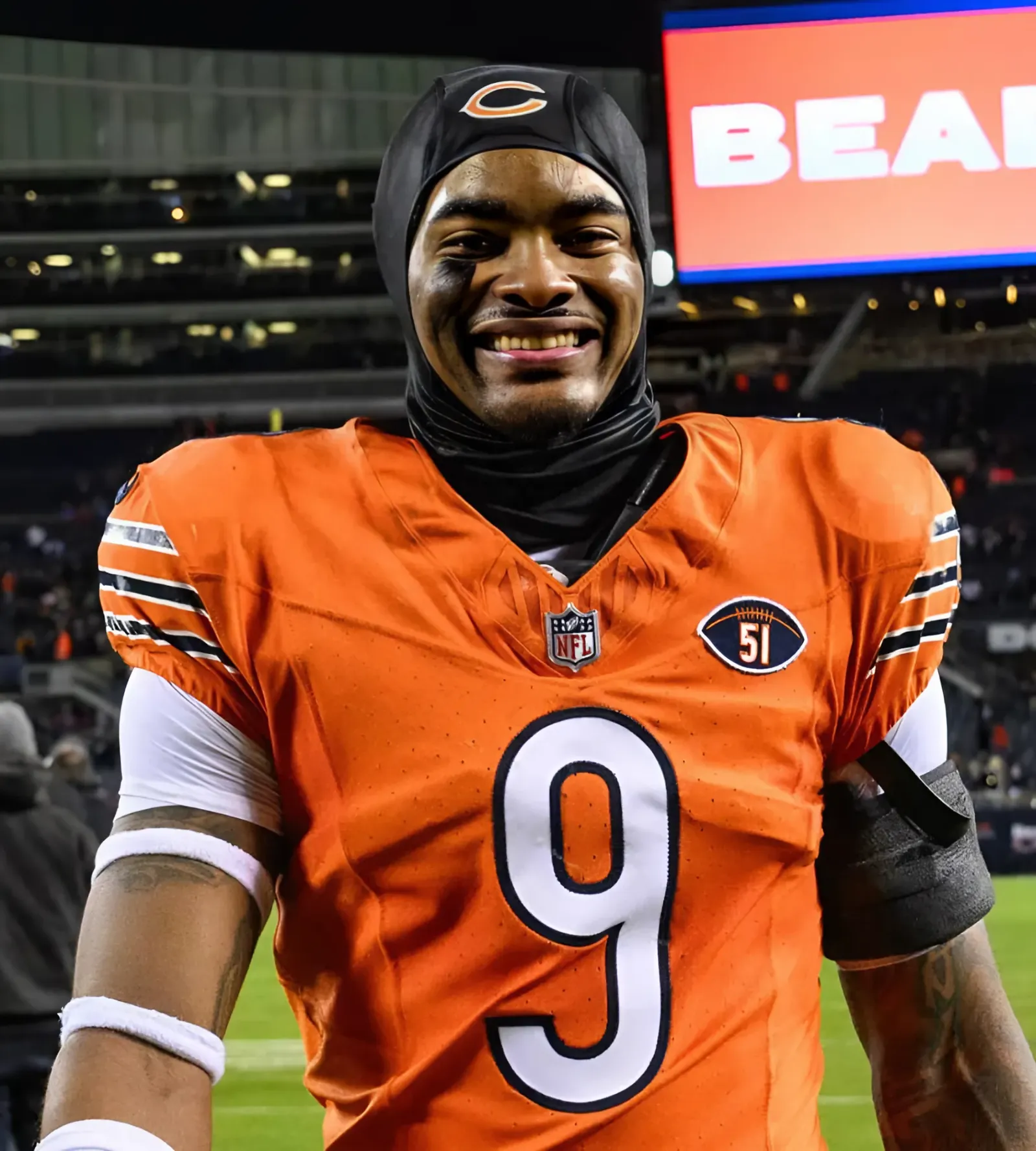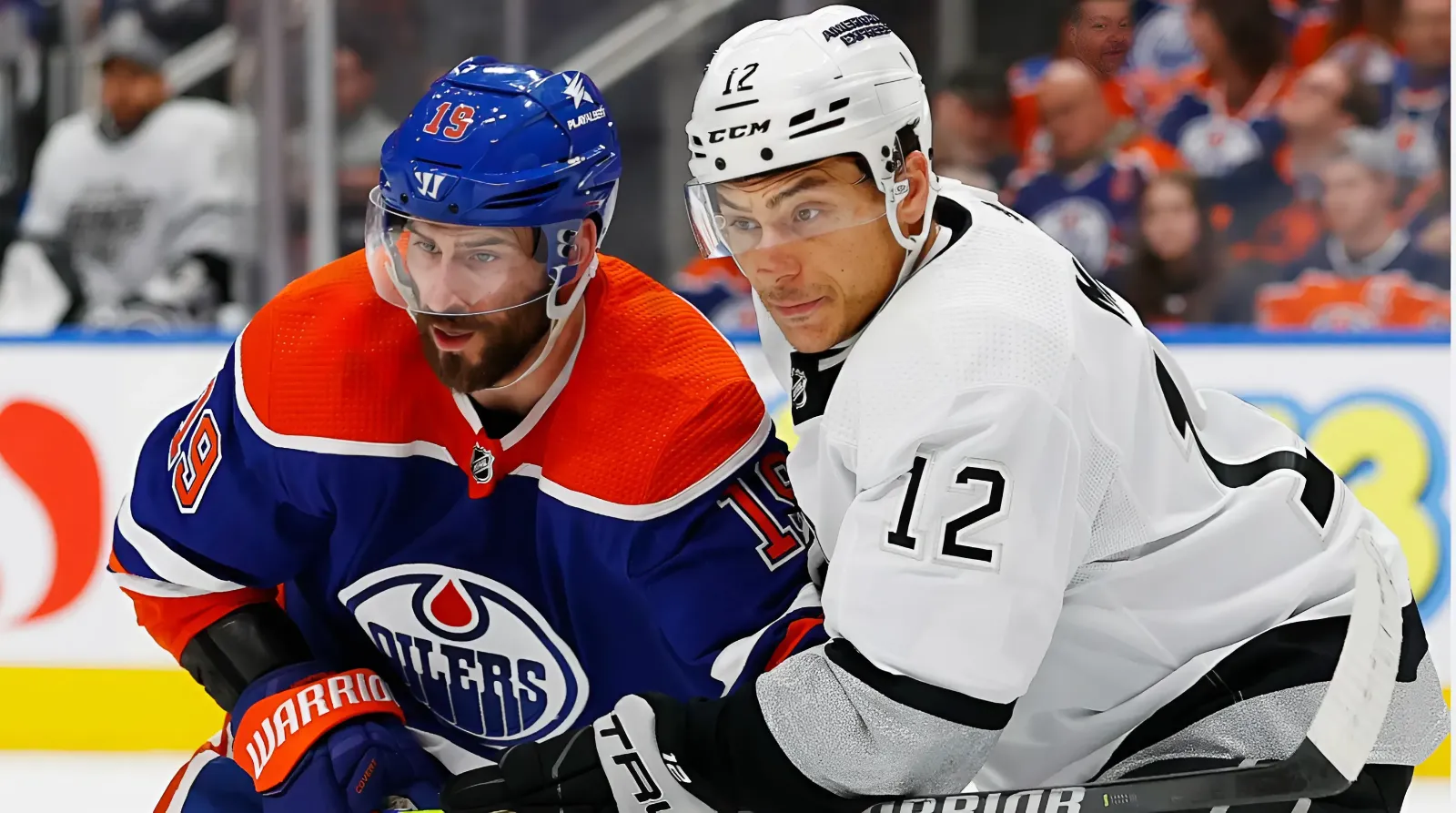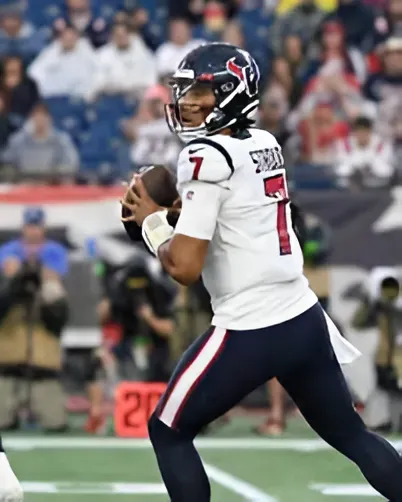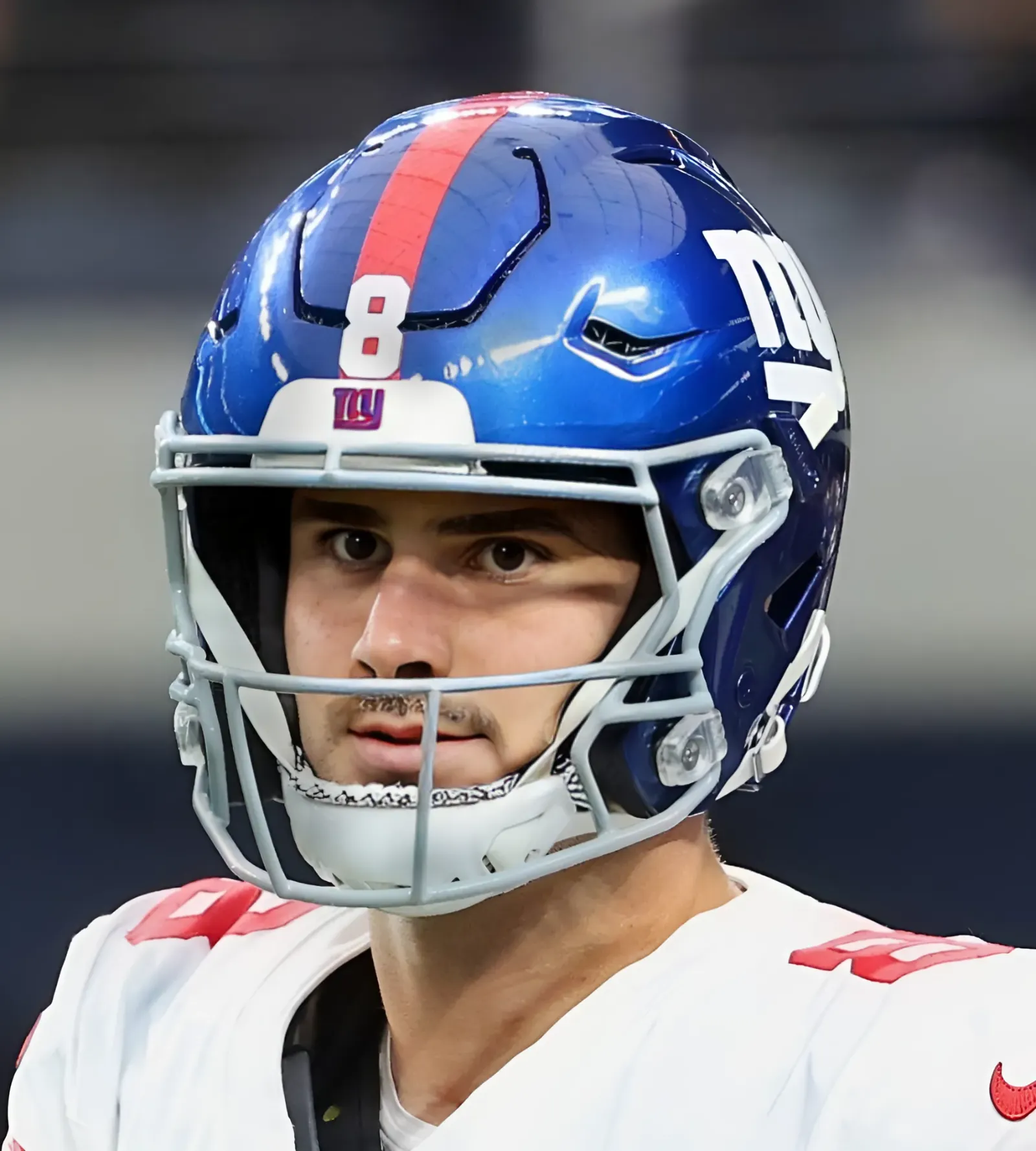If this is Khalil Herbert's last season with the Bears, it's apparent why.

Herbert has been a producer for the Bears offense, but D'Andre Swift gives them much the same type of weapon with expanded capability in the form of a receiver.
"Nowadays, you need that one-two, two or three, you need multiple guys," Swift said.

Tremaine Edmunds on Faster Bears Defensive Start.mp4
However, Herbert was No. 1 and is in the final year of his contract, as the starting Bears backfield battle essentially started with OTAs.
"It's a long season and there's long games played," Swift said. "You need kind of multi-back system for the season to keep guys fresh and that sort of thing."
There's no doubt about this. Last year the Bears ran out of running backs and were using fullback Khari Blasingame as a ball carrier against Washington to ice away a win.
There are slight differences between Herbert and Swift but similarities. Both are what NFL Next Gen Stats refers to as efficient backs. They're not wasting time before getting upfield.
Swift finished 10th last year in the league in the running back efficiency metric NFL Next Gen Stats uses, while Herbert was 12th. However, Herbert ran against the fifth-highest percentage of stacked eight-man defensive boxes at 31.8%, trailing only Christian McCaffrey (36.03%), Derrick Henry (35.36%), Gus Edwards (34.34%) and Kareem Hunt (31.85%). Next Gen had Swift seeing this only 17.9% of the time.
As a result, it might not be surprising if Herbert's productivity picks up even more.
The goal of this offense is to spread out the defense using all the weapons they have, and it should be much more difficult for teams to throw the eighth man into the box to stop the run. The Bears expect their running game to help generate balance.
"For sure, I feel like if you've got a good run game it makes everything else work in the offense," Swift said. "Play-action, receivers, everything kind of trickles off one another.
"So when you've got a good running game I feel like it makes the whole offense itself more balanced."
Both Swift and Herbert can break tackles and make tacklers miss. Herbert took ninth in attempts per broken tackle at 10.2 while Swift was 12th at 10.9, according to Sportradar. Herbert spent 2.76 seconds behind the line per rush and Swift 2.7 according to NextGen Stats.
The playing time advantage could come down to the receiving contributions Swift can make. He averages 48.7 catches per year while Herbert is only at 14.3 and barely touched this aspect of his game until making 20 receptions for 134 yards last year.
"He's a weapon out of the backfield, which is outstanding for our passing game, and it's going to create some mismatches for us," coach Matt Eberflus said of Swift. "He can do a lot of things from the backfield. We can split him out wide and run the full route trees. He's exciting to watch.”
After a couple weeks of work in OTAs, it's apparent they're nowhere near seeing the extent of this.
"It's a complete offense, but it's going to take work," Swift said. "It's a new offense, we all are new here. Coaching staff new, rookie quarterback, so it's going to be a learning experience for everybody.
"I'm confident in the group that we have."
Group being the key word, especially in the backfield.



